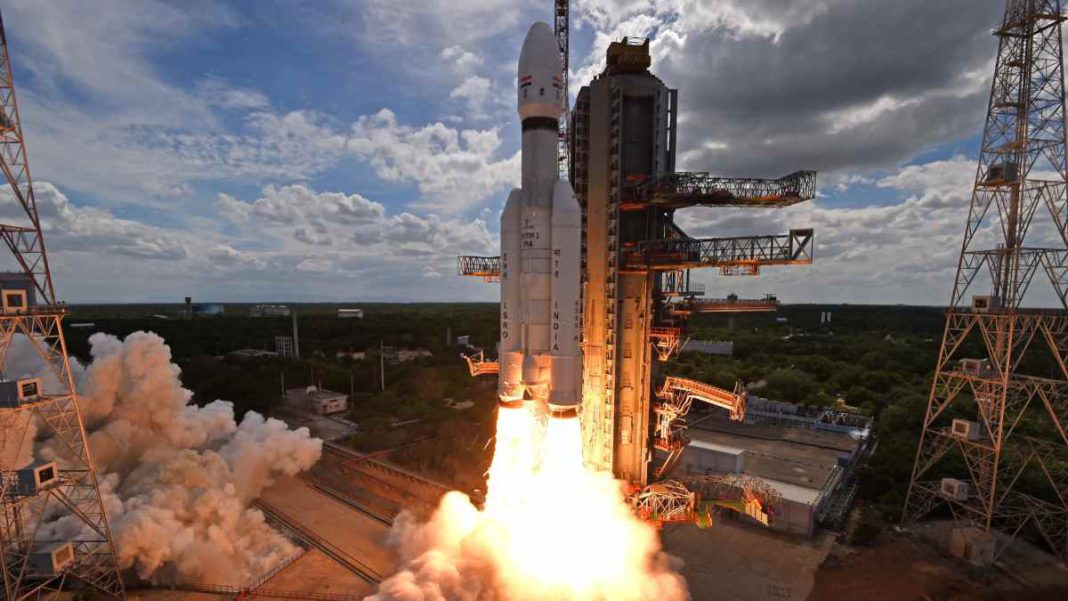INDIA: In a momentous achievement for the Indian space program, the Indian Space Research Organisation (ISRO) launched Chandrayaan-3, marking the country’s second attempt to land on the surface of the Moon. The successful lift-off took place at the Satish Dhawan Space Centre in Sriharikota, with the spacecraft propelled by the Launch Vehicle Mark-III, showcasing a picture-perfect launch.
Chandrayaan-3, part of the prestigious Chandrayaan series, aims to establish India as a prominent player in lunar exploration and join the elite club of nations that have successfully landed spacecraft on the Moon. Developed at an estimated cost of Rs 615 crore, this mission is a testament to India’s growing prowess in space technology.
The launch vehicle, LVM3, performed flawlessly, effectively injecting the Chandrayaan-3 spacecraft into a precise orbit. All three stages of the launch vehicle operated without a hitch, allowing the spacecraft to separate from LVM-3 approximately 900 seconds after the launch from Sriharikota.
ISRO now looks ahead to the next crucial steps in the mission. In the coming days, they will undertake a series of orbit-raising manoeuvres to guide Chandrayaan-3 towards the Moon. The spacecraft is scheduled to enter lunar orbit on August 5, and the highly anticipated soft-landing attempt is expected to take place later in the month.
If successful, India will become the fourth nation, following the United States, Russia, and China, to achieve a soft landing on the lunar surface. This remarkable milestone will firmly establish India’s name in the annals of space exploration.
The Chandrayaan-3 mission comprises a propulsion module, a lander, and a rover. The propulsion module will carry the spacecraft into lunar orbit, while the lander-rover configuration will undertake the challenging task of landing on the Moon’s surface. The target for the landing site is yet to be officially announced, but it is anticipated to be in close proximity to the crash site of Chandrayaan-2, which encountered an unfortunate mishap during its landing attempt in 2019.
Dr Jitendra Singh, Minister of Space, expressed his profound pride and gratitude to the dedicated team at ISRO, remarking on the historical significance of this mission. He emphasized that this moment represents the fulfilment of the vision put forth by Dr Vikram Sarabhai six decades ago, highlighting the faith placed in India’s potential by the pioneers of the country’s space program.
In a remarkable display of international collaboration, India has recently joined the Artemis Accords with the United States, opening doors for cooperation and data exchange in lunar missions. This move positions India as an official participant in the modern-day race to explore the Moon, joining forces with the US, Russia, and China.
As Chandrayaan-3 embarks on its lunar voyage, the entire nation eagerly awaits the outcome of this groundbreaking mission. The success of this endeavour will not only propel India’s space program to new heights but also inspire generations to dream big and push the boundaries of scientific exploration.
Also Read: Bigger is Better: Understanding Cope’s Rule and Evolutionary Size Increase



